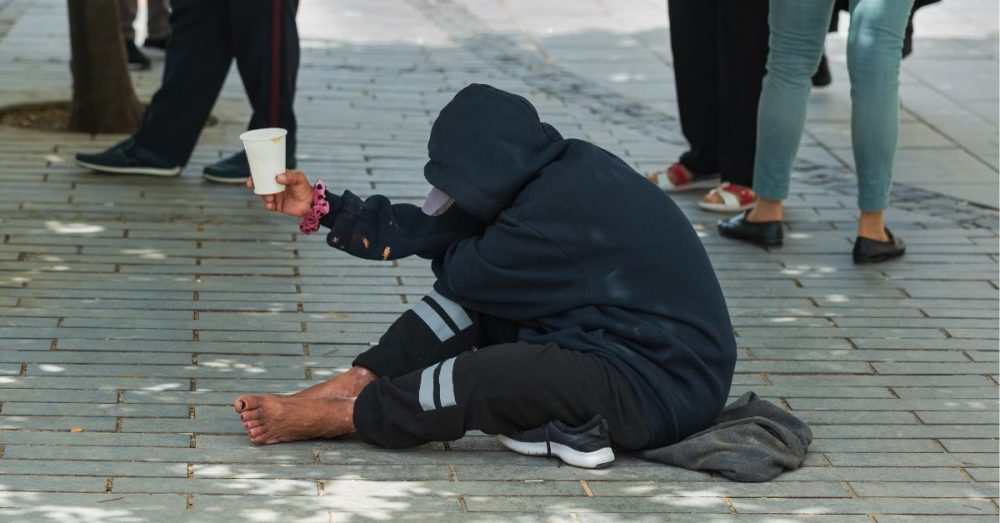Dallas County Health and Human Services has released a report on the costs of homelessness in Dallas County and Collin County, showing how practical solutions can reduce costs and improve outcomes.
The report, released on November 5, shows that the total annual cost to taxpayers in the two counties totals nearly $194 million.
A $70 million investment in supportive housing and services enacted in 2022 has helped to reduce the costs and the number of people experiencing homelessness by nearly half.
Dallas and Collin counties have seen modest declines in homelessness in recent years according to the most current Point-in-Time (PIT) counts reported by Dallas County Health and Human Services (DCHHS) and collected by Housing Forward.
In 2007, the homeless rate per capita in Texas as a whole was 17.1%, which declined to 8.1% in 2022. The state saw a slight increase in the rate of homelessness during 2020-2021, which is attributed to issues related to the economic impact of the COVID-19 pandemic. The most current PIT identified 4,410 individuals experiencing homelessness.
Notable findings in the PIT count are that chronic homelessness in Dallas has declined by 32% since 2022 and the number of days people spent experiencing homelessness has also declined by 22 days.
The report looked at factors that include the costs of hospitalization, incarceration, mental health care, and the costs of emergency shelters which are considered to be one of the least effective and fiscally-sustainable options for addressing homelessness.
On average, homeless individuals spend four days longer in the hospital per stay than housed people and have higher medical expenses as a result. However, the report did not identify that medical care for homeless persons was more expensive.
The annual cost for hospitalizations was found to total $49 million which totals 45% of the total cost of homelessness.
Medical treatment is necessary more often for homeless individuals with a cost of more than $60 million. Another $17 million is believed to be spent annually on mental health care, but the authors of the report note that this figure is likely lower than the need as many unhoused persons refuse services. $16.5 million is also spent on emergency room visits.
An interesting note of the report is that homeless people are not more likely to be incarcerated, but formerly incarcerated people are more likely to be incarcerated. The report does not provide reasons for this statistic but shows the cost of incarceration totals nearly $17 million annually.
Supportive housing and services are noted as a means to significantly reduce the costs of homelessness. The report found that providing supportive housing over shelters could save taxpayers between $24 million and $33 million annually.
Dallas and Collin counties have proposed spending $70 million to provide supportive housing which would remove an estimated 2,700 individuals from shelters and off the street. DCHHS estimates this would provide approximately a 25% reduction in the annual cost of homelessness. The authors note that this savings does not take into account ancillary costs such as police and emergency services and hospital care, and will generate new revenue through eventual property and tax revenue streams as unhoused people return to public life.


